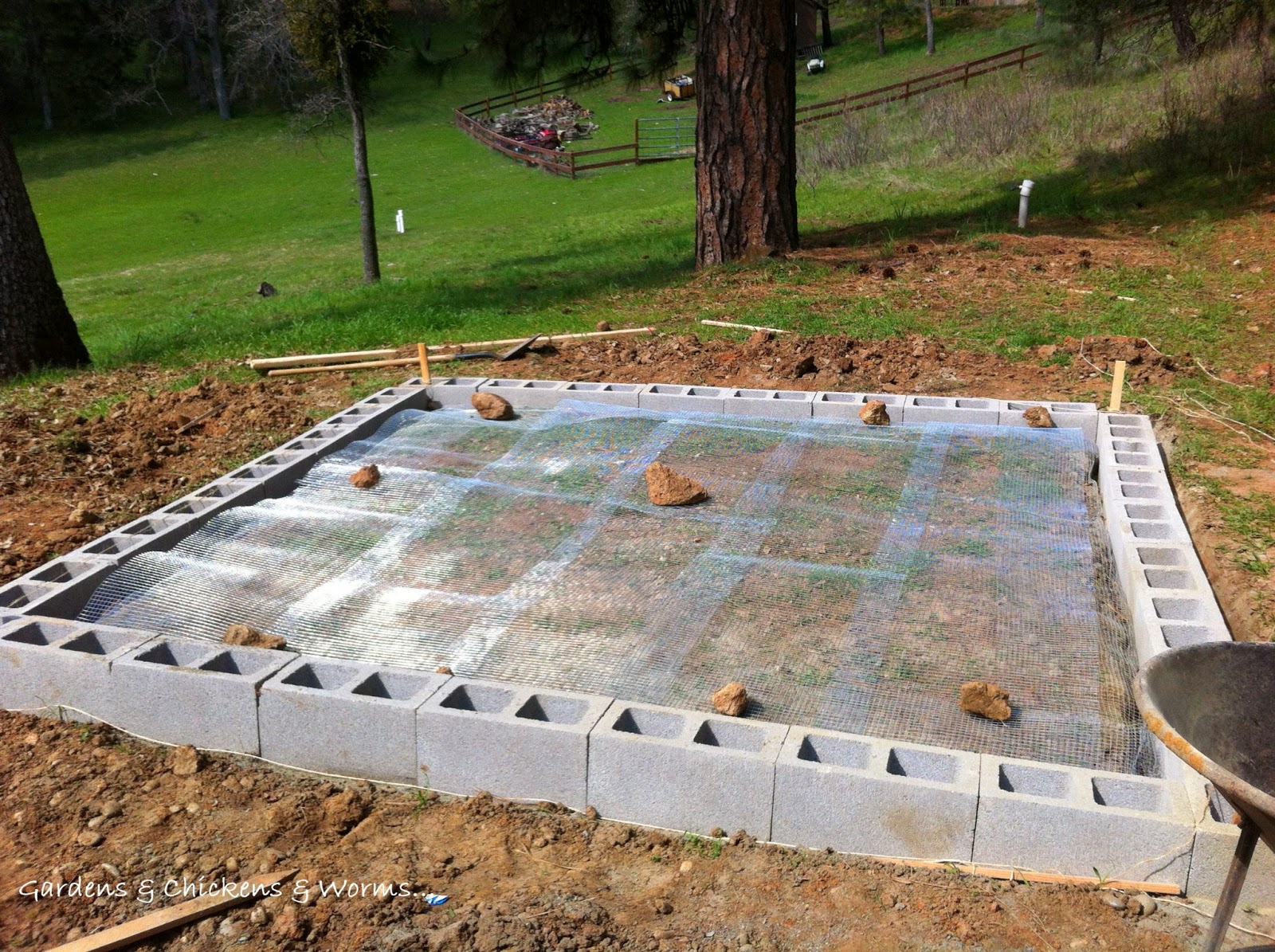Introduction
For backyard poultry enthusiasts, raising chickens is not just a hobby but a way of life. The overall wellbeing of your flock is crucial for their productivity and most essentially, their comfort. A well-maintained coop with proper bedding is key to keeping your chickens happy and healthy.
One of the most important aspects of maintaining a chicken coop is choosing the right sand for the bedding. Not only does it provide the necessary insulation, but it also helps to keep the coop dry and sanitary, which in turn reduces the risk of diseases.
In this article, we will discuss the different types of chicken coop sand available in the market, and help you choose the best sand for your chicken coop.
What are the types of chicken coop sand?
There are several types of chicken coop sand available to choose from. These include:
- River sand
- Play sand
- Construction sand
- Crushed granite sand
- Diatomaceous earth
River sand
River sand is a natural sedimentary sand that is obtained from riverbeds. It is the most commonly used sand for chicken coop bedding due to its affordability and availability. River sand is coarse in texture and provides good drainage and ventilation. It also helps to regulate moisture levels in the coop, preventing ammonia buildup and bad odors.

Play sand
Play sand is a finely textured sand that is commonly used in children's sandboxes and playgrounds. It is popularly used in chicken coops due to its soft texture and its ability to retain moisture, preventing the coop from drying out too quickly. However, it can also become compacted over time, leading to poor ventilation and drainage.

Construction sand
Construction sand is a type of sand that is typically used in building projects. It is dense and helps to prevent the coop bedding from shifting around. However, it is not recommended for use in chicken coops as it can contain harmful chemicals and toxins that could be harmful to your flock.

Crushed granite sand
Crushed granite sand is a popular option for chicken coop bedding as it is clean, durable, and provides good drainage. It is also great at reducing odors in the coop and minimizing fly infestations. However, it can be quite expensive compared to other types of sand.
Diatomaceous earth
Diatomaceous earth is a type of sand that is made up of fossilized algae. It is becoming increasingly popular among backyard poultry enthusiasts due to its natural pest control properties. It helps to prevent mites, lice, and other harmful insects from infesting the coop. However, diatomaceous earth is not a suitable option for coops located in humid environments as it can become too damp and clumpy.
Factors to consider when choosing chicken coop sand
When selecting the best chicken coop sand, there are a few factors to consider. These include:
- Texture
- Drainage
- Ventilation
- Absorbency
- Odor control
- Price
- Availability
Depending on your geographical location, some types of sand may be more readily available than others. If you're on a budget, you may want to consider more affordable options, such as river sand or play sand. Alternatively, if you're looking for something longer-lasting and don't mind spending extra money, then crushed granite sand might be a more suitable option.
Conclusion
Maintaining a chicken coop is essential for the overall wellbeing of your flock. Choosing the best chicken coop sand can go a long way towards ensuring that your coop remains dry, clean, and odor-free. When selecting the sand for your coop, take into account factors such as texture, drainage, ventilation, and absorbency. By doing so, you will end up with a happy and healthy flock that lays countless delicious eggs.

.JPG)
Comments
Post a Comment